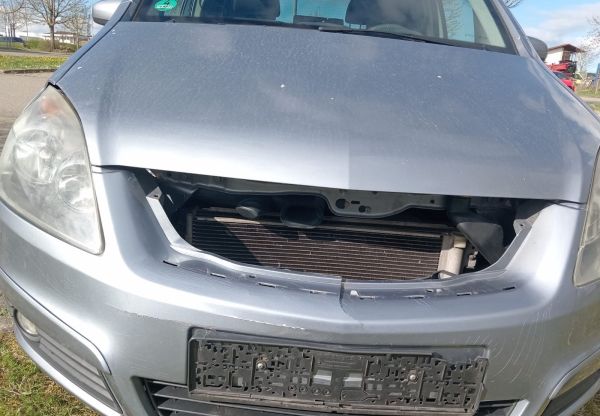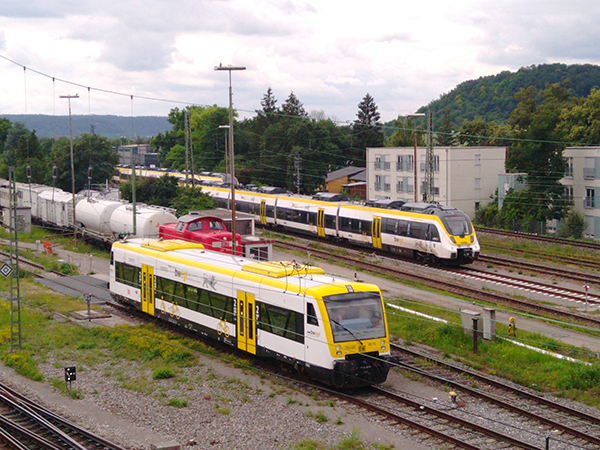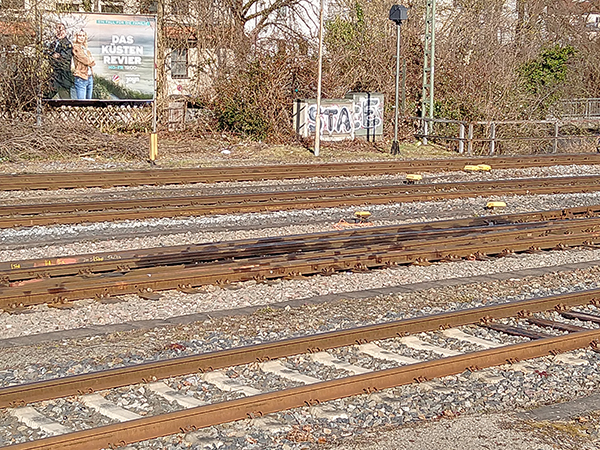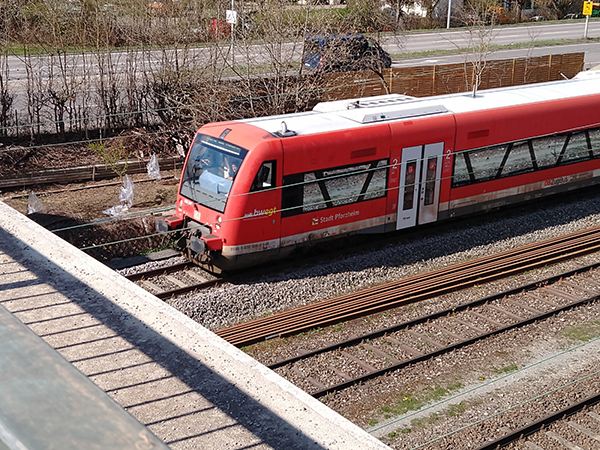It happened at 6.40 a.m. on the country road to Reusten: a shadow, a bang and hair from a deer in the radiator grille. The driver looked around. But there was no sign of an injured animal anywhere. He drove on to work and only called the police from there. Such accidents are not uncommon. Around 300,000 wild animals, from hares to wild boars, are hit or run over every year in Germany.
What should drivers do if an animal runs into their path? Experts say: brake and hold on to the steering wheel, risk a collision instead of swerving uncontrollably and driving into oncoming traffic.
What should drivers do after a wildlife accident—even if the animal has fled? Pull over, switch on the hazard warning lights, put on a high-visibility vest, set up the warning triangle, call the police on 110, state the exact location and wait at the scene of the accident. If the injured animal is still nearby, keep your distance from it. A dead animal, on the other hand, should be pulled off the road, but only with gloves on so as not to infect yourself with pathogens. The dead animal must not be taken away. Otherwise you could be charged with poaching.
What should you do until the police arrive? Take photos of the damage to the car as proof for the insurance company and—if there were witnesses—write down their statements. The police will record the course of the accident and issue a wildlife accident certificate. The insurance company needs this certificate. As a rule, comprehensive insurance pays for the damage. However, some do not pay for damage caused by birds. If other vehicles, crash barriers or traffic signs have been damaged because the driver swerved to avoid an animal, this is usually covered by liability insurance.
Is it a hit-and-run if a driver drives off? Legal experts do not agree on this question. Therefore: Always call the police. They will usually also inform the forester or hunter responsible for the scene of the accident. This is important if an animal is injured. Anyone who leaves it behind without reporting an accident can be punished for cruelty to animals.
When must drivers pay particular attention? On all stretches of road with the road sign “Wildwechsel”. Especially in the early morning and evening. Animals cannot judge the speed of cars. According to a study by the Fraunhofer Institute, there are more accidents involving wild animals after the time change. If more cars drive earlier or later than usual, this does not match the animals’ internal biological clock. They only follow the time at dusk.
Some sources and further information:
https://www.fva-bw.de/top-meta-navigation/fachabteilungen/wildtierinstitut/lebensraumverbund-wildunfaelle/wildunfaelle/faq-wildunfaelle-praevention
https://www.adac.de/verkehr/verkehrssicherheit/tiere/wildunfaelle/
https://wuppertal.polizei.nrw/artikel/wildunfaelle-so-verhalten-sie-sich-richtig
tun24040501
Ein Reh ist frühmorgens in einen Opel Zafira gelaufen. Dadurch wurde die Vorderseite des Autos ziemlich beschädigt. Foto: tünews INTERNATIONAL / Bright Igbinovia.
002352




